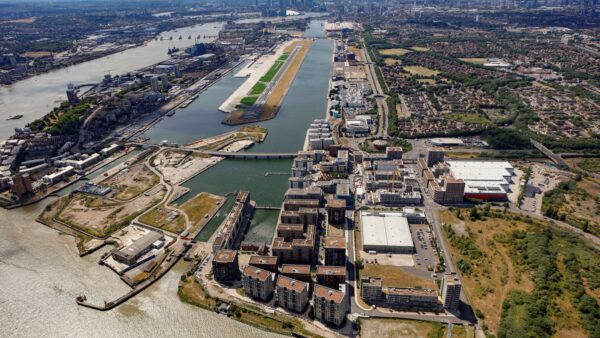Retail group John Lewis Partnership plans to make the use of BIM mandatory on all its large construction schemes from next year, writes Michael Glackin.
The move follows a successful two-and-a-half-year trial of the system and will apply to all John Lewis and Waitrose new build projects and store extensions.
Brian Arscott, head of feasibility development with John Lewis Partnership, told CM: “We’ve been trialling BIM on a range of projects to assess its benefits and efficiencies.
We’ve found significant benefits on complex projects and good benefits on new build and extensions, so we are moving to these types of schemes being fully BIM next year.”
He added: “We’re currently investigating the benefits of BIM on smaller projects. Ultimately we think all projects will be 100% BIM, but at this stage coming out of our trial, its use on smaller projects is not likely to be a priority.”
Arscott said John Lewis had held initial discussions on their experience of working with BIM with government officials. The government plans to adopt BIM for all public sector construction contracts by 2016.
“The government is keen to ask organisations about their experience to avoid the same potential pitfalls, but it is a two-way dialogue,” said Arscott. “They have some very good thoughts on the process they want to use, and we see real benefit in trying to establish a common approach and a need for there to be an established industry norm.”
He added: “There is a definitive learning curve with BIM. I would say that anyone picking up BIM from scratch would need at least two years to get to grips with it before they start to see the benefits coming through.”
John Lewis Partnership is a founder member of the BIM for Retail group, which was set up last year and also counts Next, M&S and B&Q in its membership.
“BIM is only a tool, and you won’t get the benefits without changing your ways of working,” said Arscott. “It really requires all the parties on a project to work collaboratively, which our consultants and supply chain are really embracing. This is not something the industry is traditionally good at, and may provide the biggest challenge to BIM’s adoption over the coming years.”
BIM technology is increasingly being seen as a way to deliver efficiency savings because it provides a more seamless way of working.
Work is progressing on government plans to create 11 regional BIM “hubs”, which will bring contractors, architects and consultants together ina bid to iron out potential implementation problems.
The hubs are being set up under the aegis of the Construction Industry Council and are due to be launched in September.










